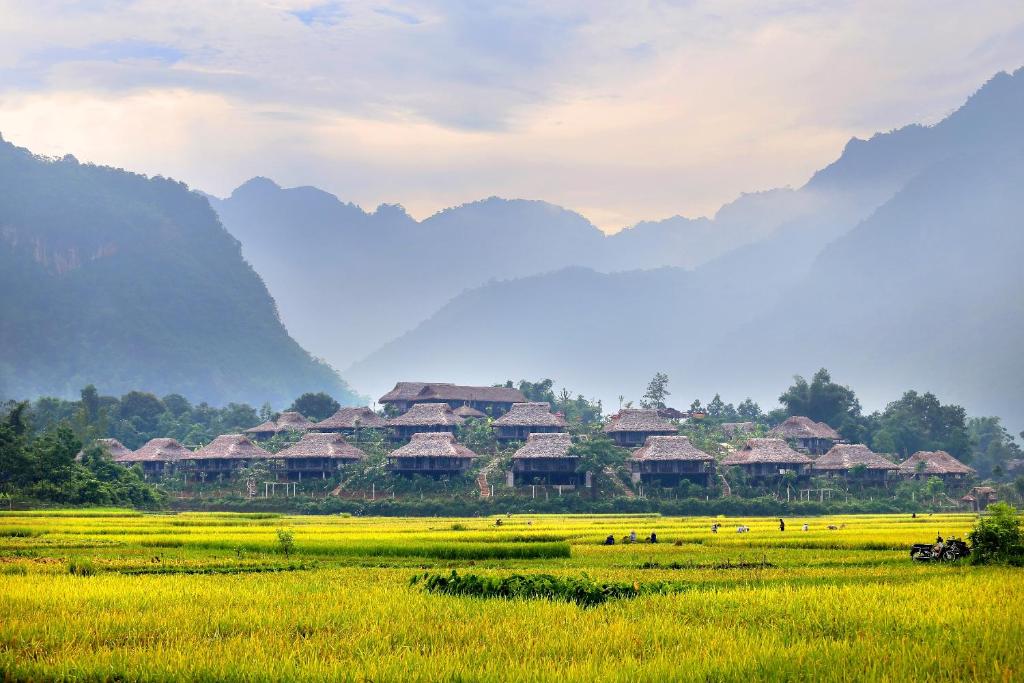Best Time to Visit India
India’s climatic pattern is extremely varied across the different regions, so it’s extremely crucial to understand the best time to visit India. The weather conditions in India can significantly influence your trip planning. From the mighty Himalayas to the sunny beaches, India can be seen as an all-year destination. But it’s important to pick the right destination based on when you are visiting India.
When is the best time to visit India? -A Broad Overview
The best time to visit India is ideally between October and March when the weather is more likely to be warm, sunny, and dry. During this time, north India offers clear blue skies. North India has some of the most popular tourist destinations in all of India, including Taj Mahal and numerous UNESCO world heritage sites. This includes India’s most famous tourist circuit, the Golden Triangle (New Delhi, Jaipur, and Agra), the scenic beauty, vibrant colors, forts and palaces of Rajasthan, and countless religious and spiritual destinations like Varanasi and Rishikesh. The high-altitude regions of the Himalayas can be very cold. December and January are substantially colder with high chances of fog.
Summer temperatures in April, May, and June can result in excellent value tours, but they can also be unbearably hot. With the onset of the monsoon, expect high humidity and thunderstorms. Ladakh, located in the far north, is most accessible between June and September when the rest of the country experiences the monsoon season.
The best time to visit Southern India is from November onward, once the monsoon has ended.
A Month-by-Month Guide for Planning When to Go to India
Visiting India in January
- Northern and Central India has warm, sunny, and dry weather.
- Chilly nights in India’s Himalayas and high-altitude destinations
- The first week sees a high inflow of tourists because of the New Year holidays.
- Kite Festivals in Ahmedabad and Jaipur
- Kutch Festival
The weather in India in January is typically dry and pleasantly warm during the daytime with cold nights, especially in the Northern Plains and Central India. Mornings can be hazy with fog, but it has its charm. Although at higher altitudes in northern India, it can get very cold and even chilly in the evenings. The best time to visit India is for the Golden Triangle India Tour, Rajasthan, and Wildlife Tours.
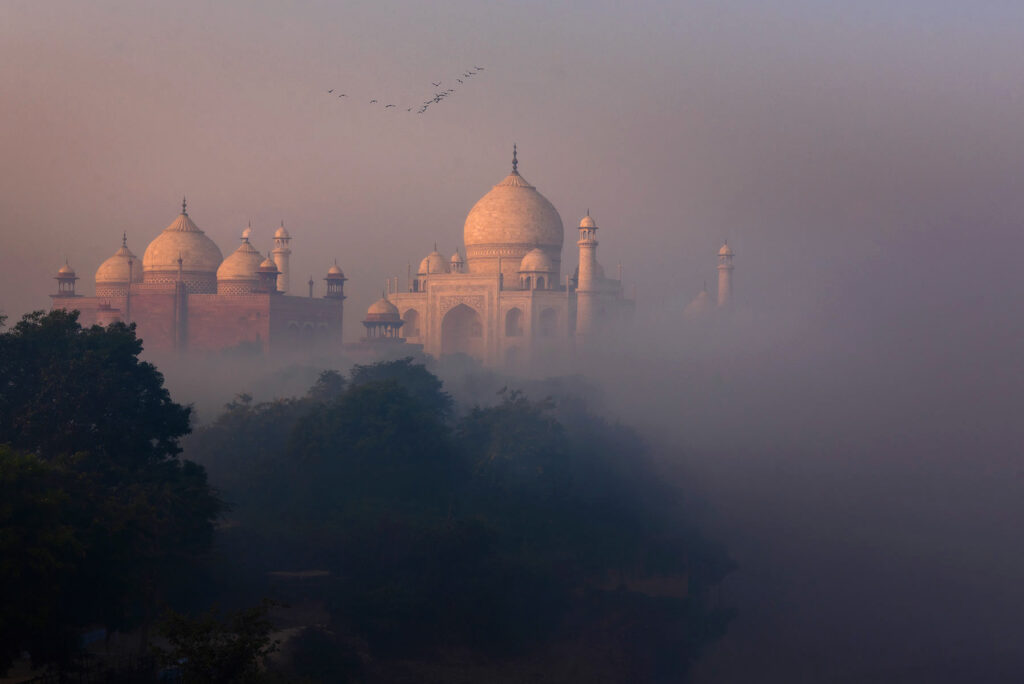
January sees many celebrations throughout India, including the colorful Kite Festival in Gujarat and Rajasthan, and Republic Day celebrations on January 26. January is also one of the best months to visit South India, especially Kerala.
Kutch festival-Rann Utsav is celebrated in December and January in the Rann of Kutch-the white salt deserts of India. A unique experience of tribal culture, wildlife, and the white desert with its amazing landscape—a photographer’s delight.
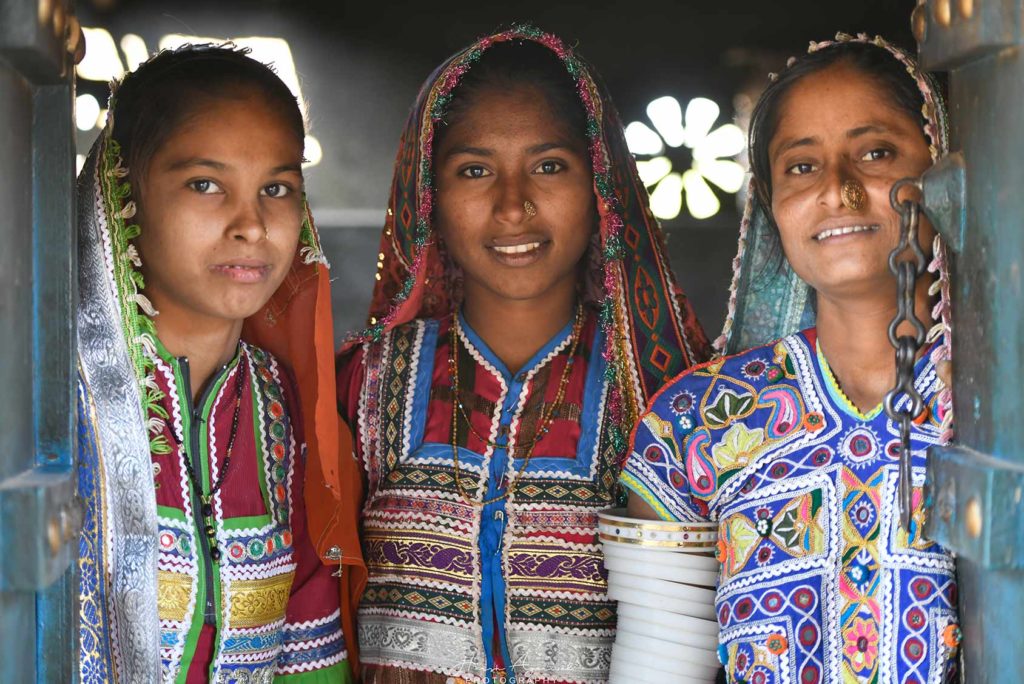
Tribes of Gujarat
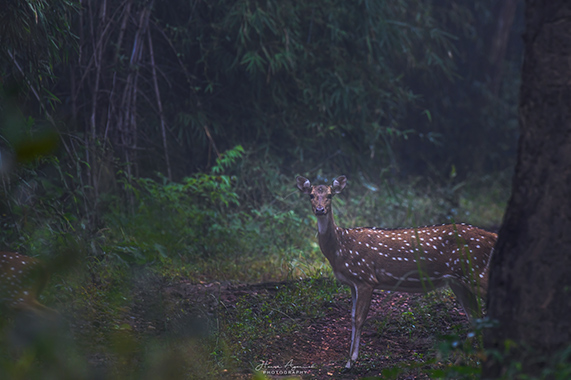
Wildlife in India
Visiting India in February
- High season for Golden Triangle India and Rajasthan Tours.
- Almost all of India is warm and sunny.
- It is still chilly high up in the Himalayas.
- Excellent time for wildlife and birding tours, particularly for migratory birds.
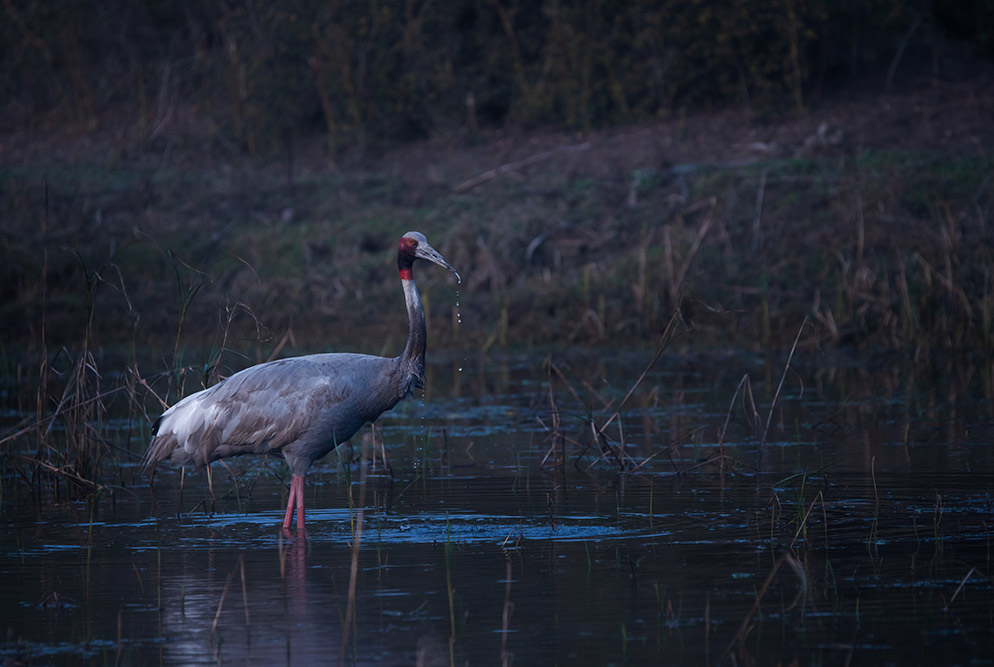
Birding in Bharatpur Bird Sanctuary
February is one of the best times to visit India, most of the regions of the country are warm and sunny. Fog and mists clear up, and nights are not very cold. The onset of the spring season witnesses pleasant weather in India. Explore the architectural heritage of the Golden Triangle India Tour, linking Delhi, Agra, and Jaipur. February is the best time to visit India for Hemis National Park in Ladakh, where snow leopards descend from the high-altitude mountain peaks in search of food.
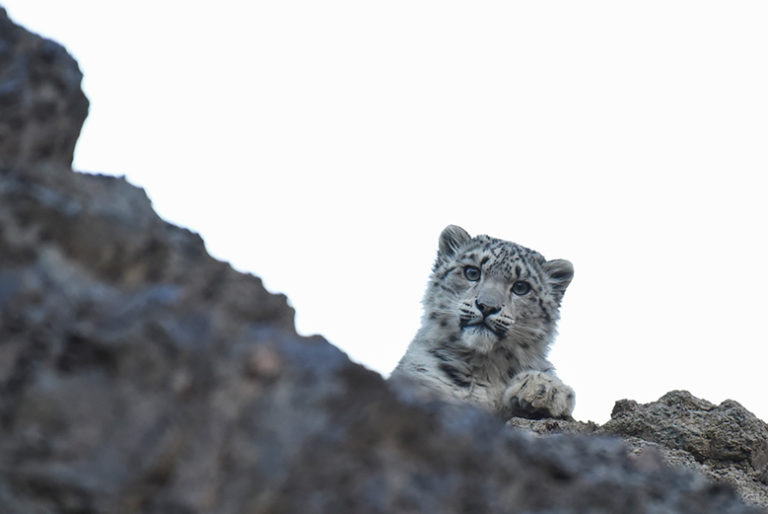
February is a great time for a Snow Leopard Ladakh Tour and Wildlife and Birding Tours.
Visiting India in March
- Temperatures begin to rise.
- Great weather for wildlife tours in central India.
- Best time for Snow Leopard Tour
- Lathmar Holi-Photographers’ Delight.
- Holi Festival
- A high inflow of tourists
March is a very popular month throughout the year – one of the best times to visit India. Great weather—no need for warm clothes and not too hot, best for walking and hiking tours. Perfect weather for tiger safaris in India. The chances of tiger sightings increase as the jungles are still green. The best time to capture some great shots of playful tigers with natural beauty at its best.
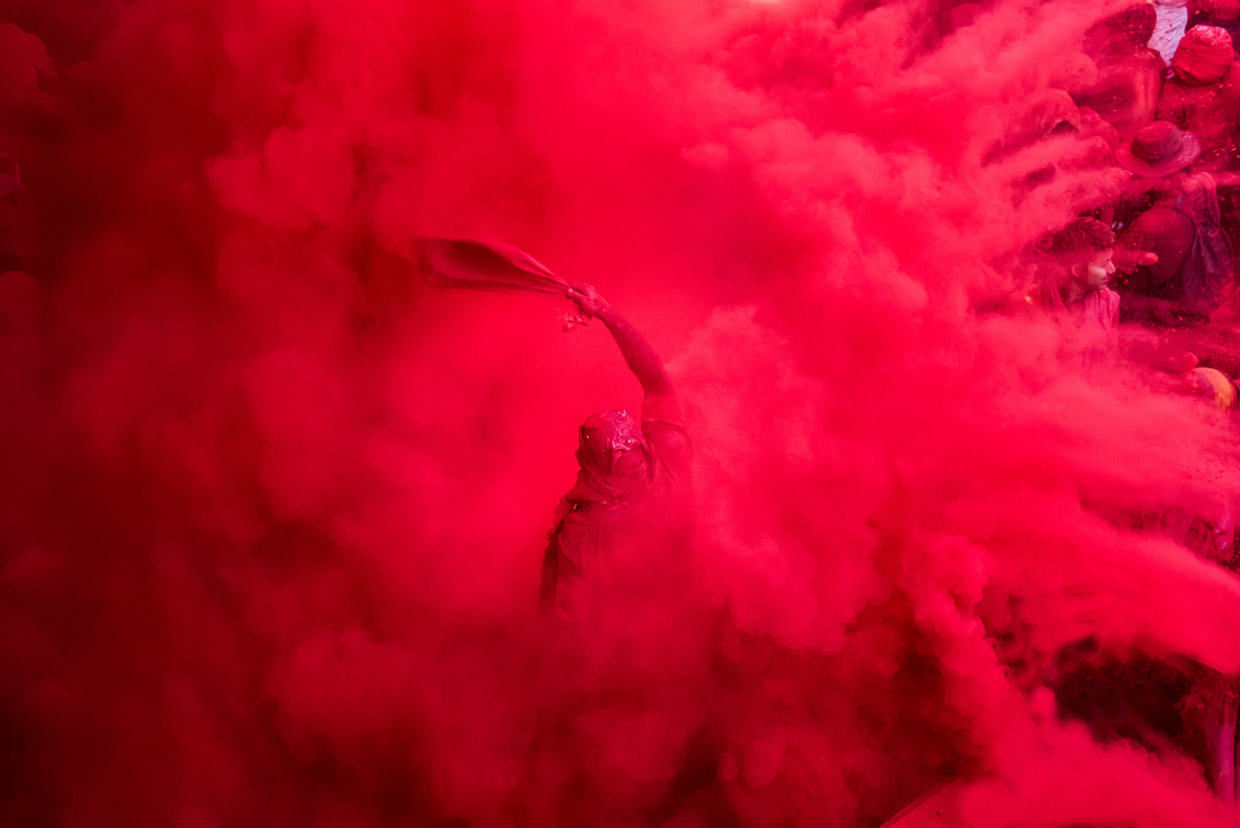
March witnessed a major celebration of the Holi Festival-Festival of Colors. Celebrate Holi with local people or private groups. Enjoy this Festival of Colour with music, dance, and Indian sweets. Get drenched in colorful powder by throwing handfuls of colored powder at each other. For photographers, March is a great time to visit India to capture the traditional Holi celebration in Lord Krishna’s birthplace, popularly known as Lathmar Holi of Nandagaon and Barsana.
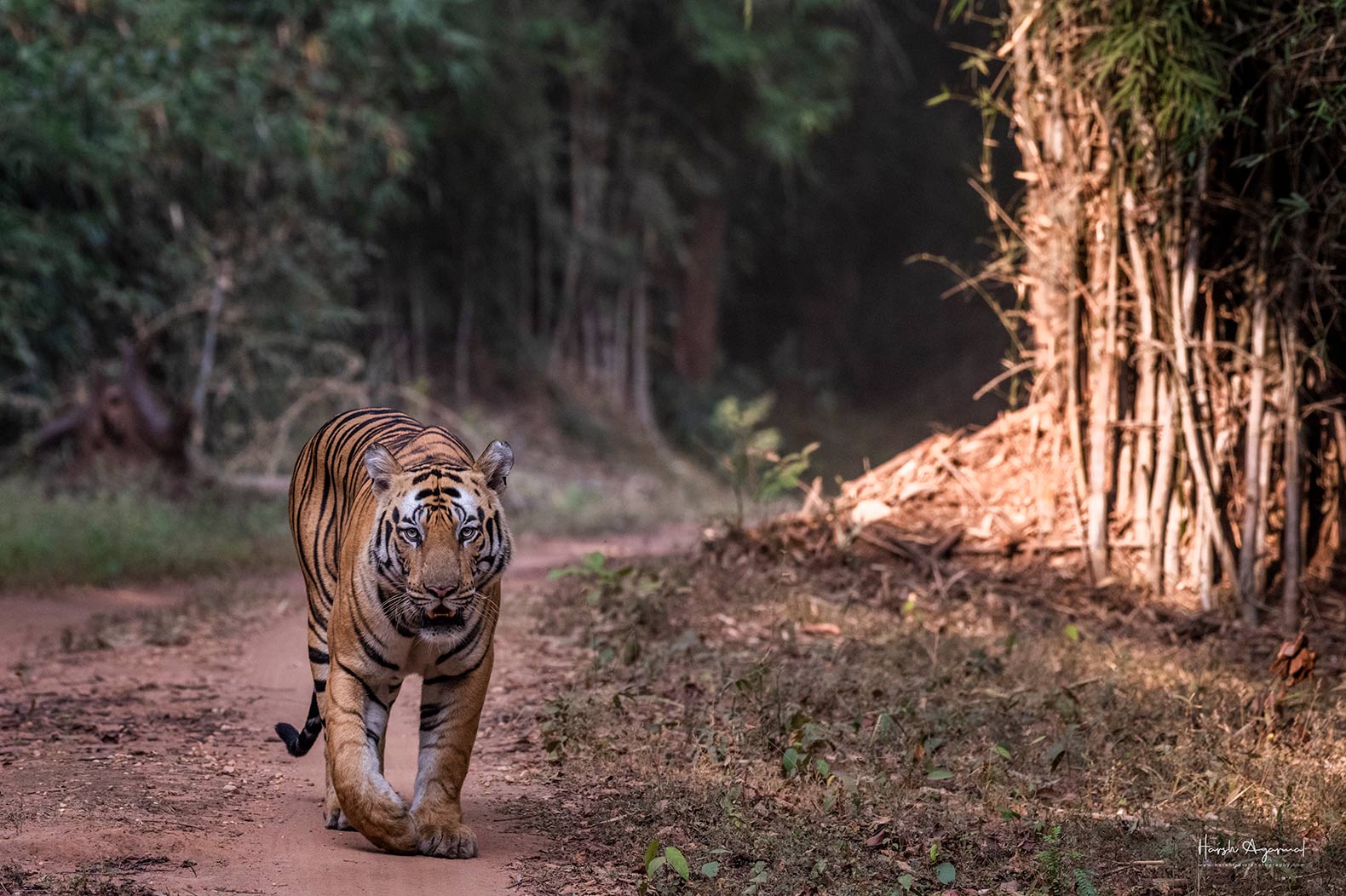
March is a great time for tiger safaris in the national parks of India.
Visiting India in April
- Beginning of the summer season-mercury level increases. The days are noticeably hotter.
- The preferred season for tiger safaris: high chances of sighting tigers with less vegetation.
- Easter Holidays

Temperatures start to increase across India in April. Early mornings and late evenings are the best times for planning sightseeing when the heat is more manageable. During the daytime, it’s better to relax in a hotel or commute in an air-conditioned car from one city to another.
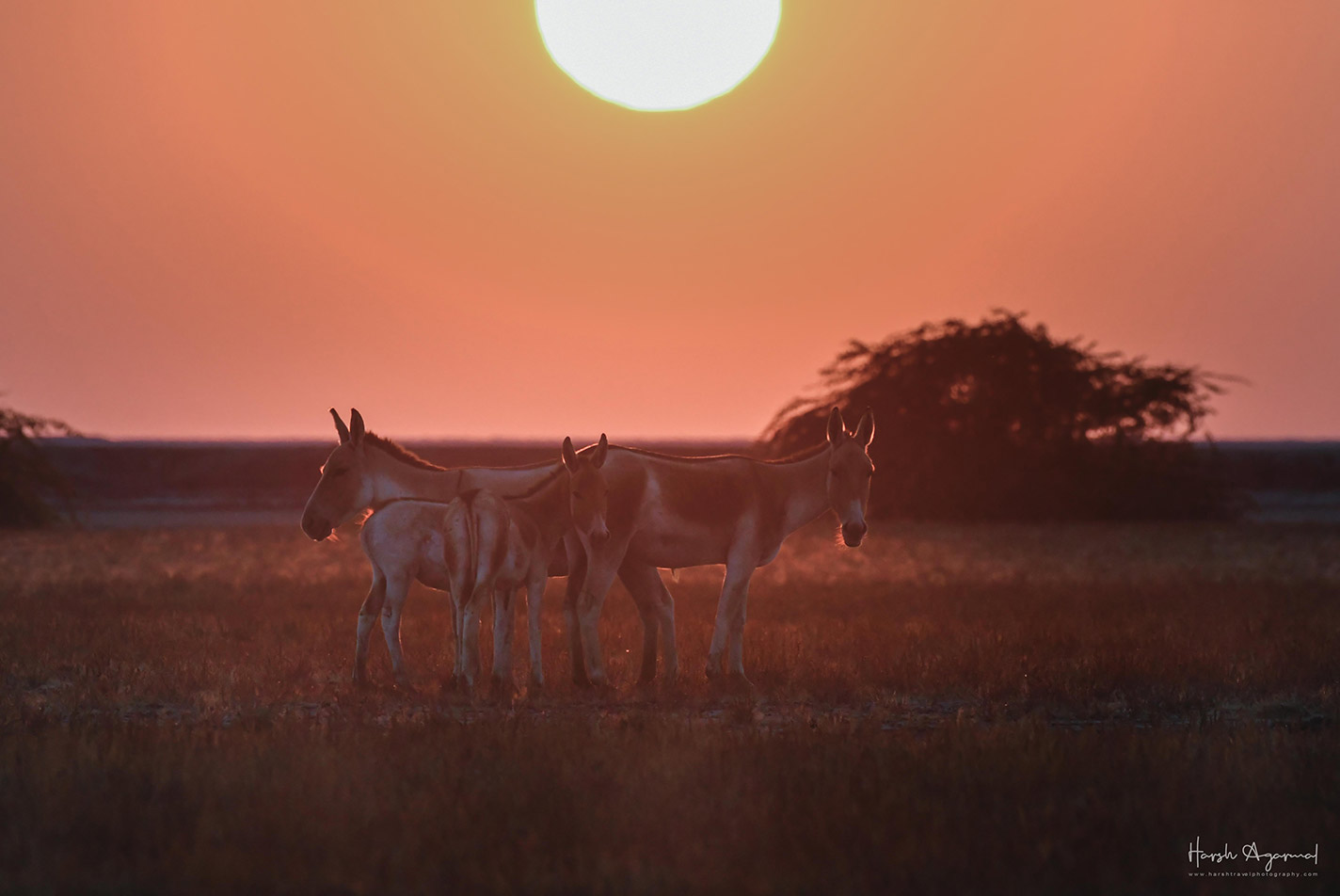
With less vegetation, April is one of the best months for wildlife watching in India. Especially on tiger safaris in India, water is limited, so tigers and other animals are sighted frequently at water holes. Greenery decreases considerably, and elephants and tigers come out of the deep jungle in quest of water.
Easter is not a prominent festival in India but due to vacations, it is a popular time to visit India, so early reservations are recommended.
Visiting India in May
- Good time for Tiger sighting but the weather is unbearably hot.
- Daytime temperatures reach 45-48 C.
- Early mornings are a great time to explore and photograph. You are the only ones in heritage buildings, which literally gives a feeling of owning a monument that is occupied by thousands of people during high season.
- Best time for trekking in the upper Himalayas.
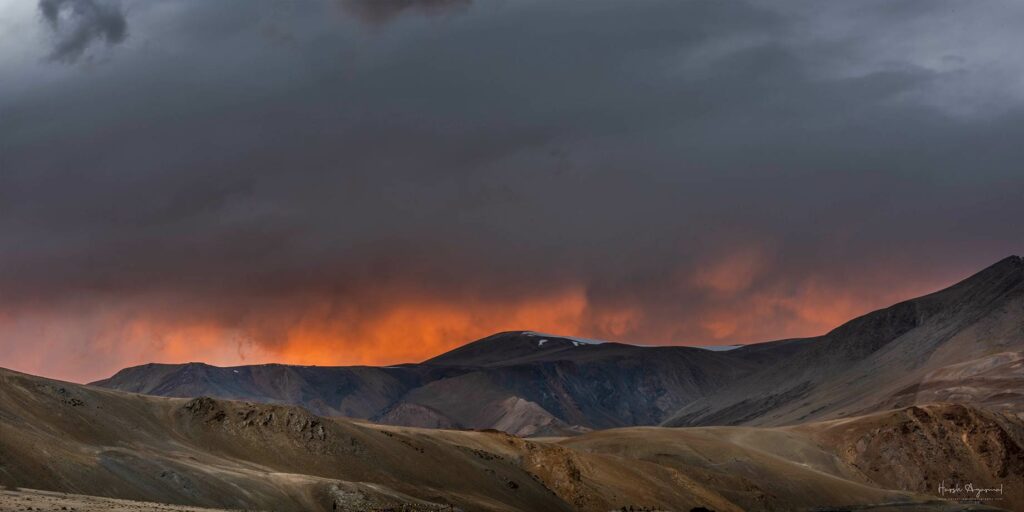
Peak summer season, with temperatures ranging from 45-48C during the daytime. Heat waves occur in May and June, so avoid going out during the daytime. Travelling in the Northern Plains, especially Rajasthan, can be uncomfortable. May is a great time to head up to the Himalayas. Clear days in the Himalayas give you a panoramic view of the mountains. Chances of sighting a tiger increase, so it is a great option for wildlife observers and photographers to take as many tiger safaris in the early mornings and late afternoon and spend the rest of the day in your room at a wildlife resort in the midst of nature.
Visiting India in June
- Hemis Festival in Ladakh—the best time to visit Ladakh.
- High heat and humidity in most of the country.
- Thunderstorms start to occur as the monsoon approaches.
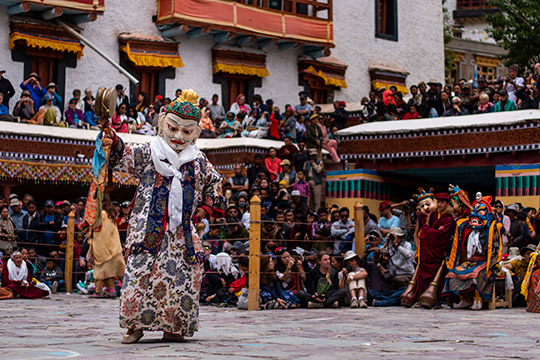
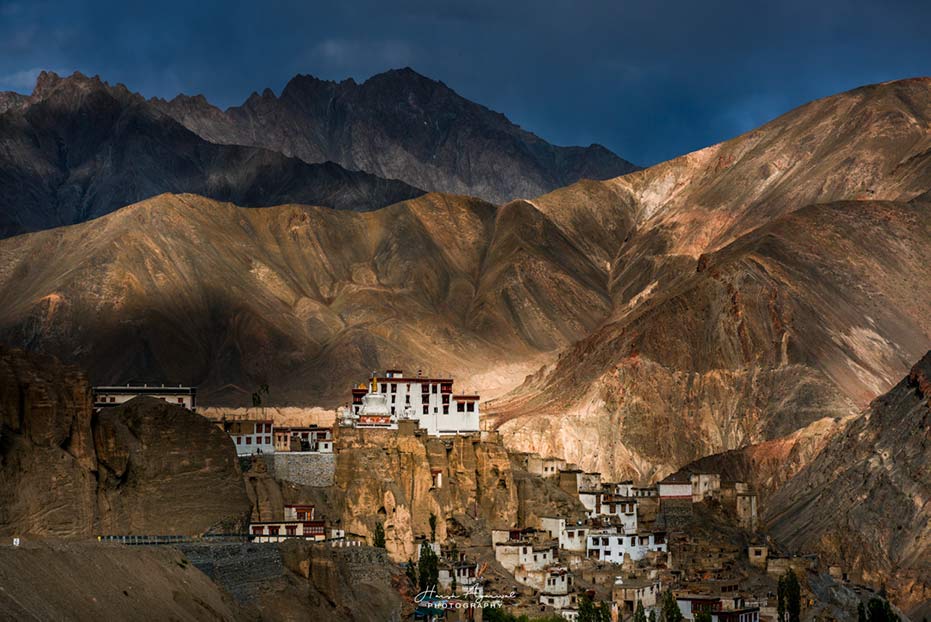
June is the best time to visit Ladakh. Apart from witnessing the Hemis Festival, explore the magical land of Ladakh as you photograph the beautiful landscapes of Ladakh, from snow-capped mountains and clear blue skies to barren mountains changing their colors with the light and shadows. Ladakh also offers a great chance to shoot starry nights and the Milky Way Galaxy. In the rest of India, heat and humidity peak, which makes it difficult to travel in the northern plains and central India. Occasional thunderstorms start in the Himalayas.
Visiting India in July
- High humidity with rain showers in Northern India and Central India
- Southern India observes the onset of the monsoon. It is not a good time to visit the coastline of India.
- Occasional landslides in the Himalayan region.
- Peak season in northern Ladakh.
- Soak in the greenery—a great time for nature lovers and relaxation.
- Most of the national parks and tiger reserves close for the monsoon.
The first week sees the onset of the monsoon in South India, whereas humidity is at its peak in Northern India and Central India. Hotels offer great discounts, so one can enjoy luxury hotels to relax or for a short break. After mid-July, the monsoon enters Northern India, bringing some relief from the heat with rain showers. But one feels uncomfortable and exhausted with excessive sweat. The monsoon season is a great time to enjoy the rain-drenched greenery of nature.
From July to September, most of the national parks and tiger reserves close for the monsoon. Mud paths are difficult to access. Due to the popularity of tiger safaris in India, even in the monsoon season, some outer zones and buffer zones have been opened in tiger reserves. It is not recommended for wildlife enthusiasts, however, because the chances of seeing tigers are slim. The best time to visit Ladakh is for trekking and cultural tours. Ladakh offers incredible views from some of the highest motorable roads in the world.
Visiting India in August
- Clear skies and sunny weather in Ladakh.
- Heavy rains in most of India, and even some destinations, flood after heavy downpours.
- High water levels in rivers
- The best time for rejuvenation and ayurvedic treatments.
- Indian festivals and long weekends see a high rush of domestic tourists.
In August, Ladakh is still a preferred destination to visit in India. Heavy rain downpours and high humidity make travelling a bit uncomfortable. The monsoon season is the best time for rejuvenation and purification of the body. When Nature chooses her way of cleansing the earth, Ayurveda offers a great way to detox. The body’s pores open up and are more receptive to healing and getting rid of toxins. Even the oil penetrates better to cleanse away toxins and soothe the body. Relax with yoga retreats and ayurvedic therapies in Rishikesh and Kerala.
India celebrates the monsoon season with festivals related to religious ceremonies. Hindu devotees worship Lord Shiva and keep fasts every Monday of August to seek his divine blessings. Many pilgrims walk hundreds of kilometers on foot to bring fresh Ganges water and visit remote temples of Lord Shiva. August also celebrates the birth of Lord Krishna (Janmashtami) and Independence Day. Long weekends with Indian holidays see a high inflow of domestic tourists.
Visiting India in September
- Occasional short pours of rain—drier and sunnier than July and August.
- Spectacular views of the Himalayas with clear skies and lush greenery.
- The number of cold nights begins to rise.
September is the best time to travel in India if you are prepared for occasional short pours and mixed weather. The great value for money in terms of travel, great discounts and a lower number of tourists on sunny days make the Golden Triangle in India and Rajasthan a preferred destination. Rains are hardly an obstacle, but sunny days sometimes lead to hot and humid weather.
September is a value-for-money trip time for Golden Triangle India Tours and Rajasthan Tours.
Visiting India in October
- The peak season for travel in India starts with the end of the monsoon.
- The raw beauty and lush greenery of the landscape
- National Parks and Tiger Reserves are open.
- Celebration of the Diwali Festival
October marks the start of the peak season for travel in India with the end of the monsoon. Late October sees the onset of the winter season with pleasant weather. The lush greenery and raw beauty of nature are all over India. In October, the national parks and tiger reserves open. During the high tourist season, safaris get quickly booked up, so start planning in advance during August and September. Due to high vegetation, tiger sightings are rare, but when a tiger is sighted, it provides some magical and dreamy moments. Amazing green backdrops will give wildlife lovers and photographers some great shots of forests and tigers.
The Ladakh season ends due to a decrease in temperature. It is a perfect time for the Himalayas and the North East, with sunny warm days. South India receives little rain with the retreating monsoon. After the gap of the monsoon season, beach destinations start to open up.
Diwali, the Festival of Lights, is celebrated throughout India. Even before Diwali, Hindu festivals start, creating a feeling of festivity all around. Indians start preparing for this festival in advance, cleaning and decorating their homes, buying new vehicles, and making sweet delicacies at home. The cost of accommodation increases, and it starts to get busy everywhere.
Visiting India in November
- Best time to visit India – Peak season for travel
- The climate is ideal—cool weather with dry and sunny days.
- The onset of winter is in mid-November.
- Diwali Festival (based on the Hindu calendar) and Pushkar Camel Fair
November is the peak season to visit India. Cool-weather with dry and sunny days across the country, except in high altitudes where it starts to get very cold. Even in northern India, a light jacket and woollen socks are recommended for early mornings and late evenings. The best time to visit the Golden Triangle, Rajasthan, and wildlife tours in India. Plan well in advance to avoid last-minute disappointments; good hotels are booked up fast, and even wildlife safaris are in high demand.
The Diwali festival occurs in October or November, depending on the lunar calendar. November is the best time to visit India to witness the unique Pushkar Camel Fair Festival. It is a must-visit place for photographers and travellers alike. Thousands of people—turbaned men, bejewelled and extravagantly draped women, children, and herds of camels all around—create an epic scene at the Pushkar Camel Fair. This Pushkar camel fair is known as the largest camel fair in the world.
November is a great time for the Pushkar Camel Fair Photo Tour.
Visiting India in December
- Best time to travel to South India- warm and sunny days.
- Kerala backwaters- cruising in a houseboat
- The mornings and evenings can be foggy and cold in North India.
- High season with Christmas vacations.
- Hornbill festival in North East India
December is the best time to visit South India. Warm and sunny days and clear skies—houseboat cruises and sunny beach destinations are very popular to visit. December and January are the coldest months in the Himalayas; it gets chilly at night. The ideal time to enjoy snowfall in the mountains The month of December is ideal for Golden Triangle and Rajasthan tours. Most of the regions serve as preferred destinations for travel in India.
The Christmas holidays attract more visitors, so it’s advisable to plan ahead of time. There is an increase in hotel and flight rates due to high demand. Many hotels apply extra high-season supplements from December 20 to January 5.
The Hornbill Festival is the most popular festival in North East India. From December 1st to December 10th, the festival is held every year to showcase the Naga culture through tribal and traditional music, dance, and performances.

